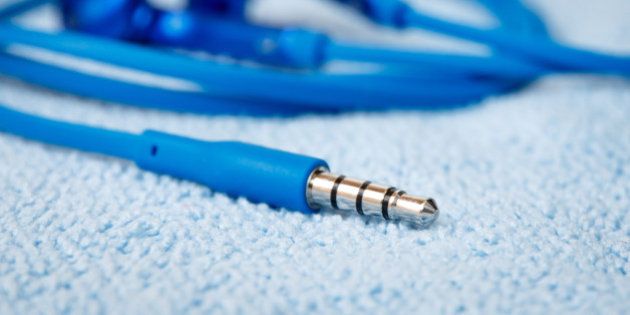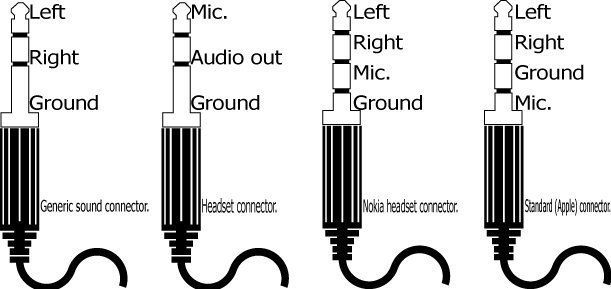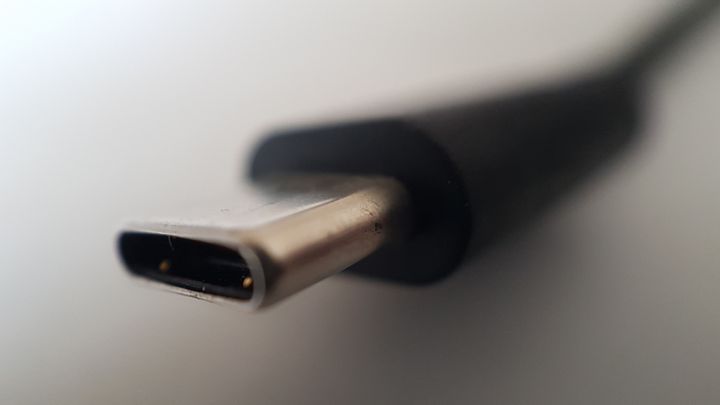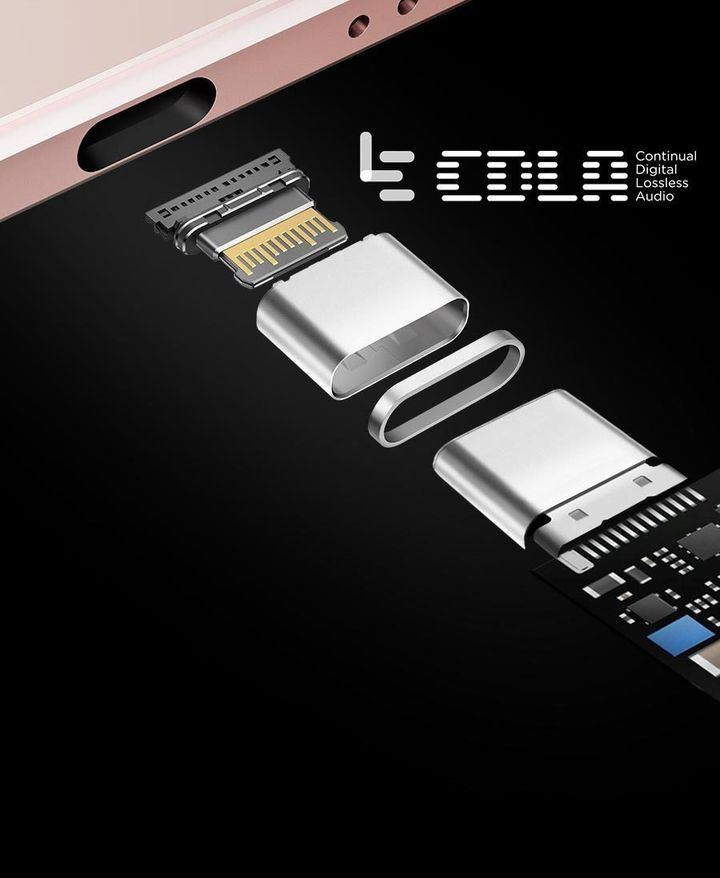
Every smartphone has a socket or a jack, 3.5 mm in diameter, where you can plug your headphones. The 3.5 mm jack has been a standard feature across numerous devices, including smartphones of different makes and models. The feature has been a boon for users, who have been able to use the same set of headphones in different phones and devices.
But that is changing now.
Recently, the phone-maker, LeEco, launched three new phones. And notably, besides the expected incremental upgrades, they have done away with the headphone jack. They have replaced it with a USB type C connector that is now meant for the audio output. Soon thereafter, Motorola followed suit with their new flagship Moto Z and Moto Z force phones. And rumor has it that Apple might also remove the headphone jack from the iPhone 7. Let's examine what the fuss is about.
What is the 3.5 mm audio jack and how does it work?
These jacks or connectors were being used in transistor radios, so they go back a long way. They became popular with the launch of the Sony Walkman player in 1979. They are technically referred to as TRS (Tip Ring Sleeve) connectors. Each part of the jack carries out a function. This includes left and right audio outputs, and if the headphones have mic capability, one of the conductors takes care of it. The jack can be found in any general audio appliance and, along with the software, it converts audio signals from digital to analog.

Why are phone makers now removing it?
The smartphone manufacturers have a couple of reasons. One, removing the headphone jack might allow them to slim down the phone by 1 to 2 mm. That need not make any difference in a phone's functionality, but the race for the thinnest phone is always ongoing.
Two, the USB type C or the lightning bolt cable should be able to provide better transmission and conversion of digital signals. Since these cables are designed to transmit data as well, they should be able to deliver superior audio output compared to the headphone jack.

"We chose to discontinue the 3.5 mm audio jack in our second-gen phones to create a better quality audio experience for everyone to enjoy. With the 3.5 mm audio jack, the stereo sound was compromised due to poor sound channel separation and the sound quality was compromised due to a mismatch between phone and headphones," Liang Jun, president of R&D at LeEco, said in an interview with the Verge.
LeEco has introduced a technology, called CDLA (Continual Digital Lossless Audio), which ensures better sound quality. Motorola too is using the new audio output to deliver Hi-Fi sound. In Apple's case, one argument being made is that discarding the 3.5 mm jack will allow Apple to make curved screens. Apple however will likely be replacing the jack with a lightning USB headphone jack instead of a USB C type connection.
How it will affect the users?
First of all, if you are going to buy any of the above phones, your current pair of headphones won't work. Fortunately, both Motorola and LeEco are supplying an adapter which will let the consumers use their current headphones. But that will most likely not be the case with the new iPhones, if Apple does decide to make the switch.

Another potential problem might lie in users' inability to charge their phones while using them to listen to music. However, both USB C and Lightning cables can transmit power as well, so, if phone-makers design the headphones cleverly, charging can be possible.
Every new change in the tech world involves an adjustment on the users' part. Whether this change will significantly improve the listening experience will become clear only after the new phones have been used for a couple of months.
If it happens, Apple's switch in its iPhones might tempt other manufacturers to ditch the 3.5 mm port as well. We will have to wait for some more months before we find out if one of the oldest technologies around in the audio industry is on its way out permanently, at least in our phones.



Contact HuffPost India
